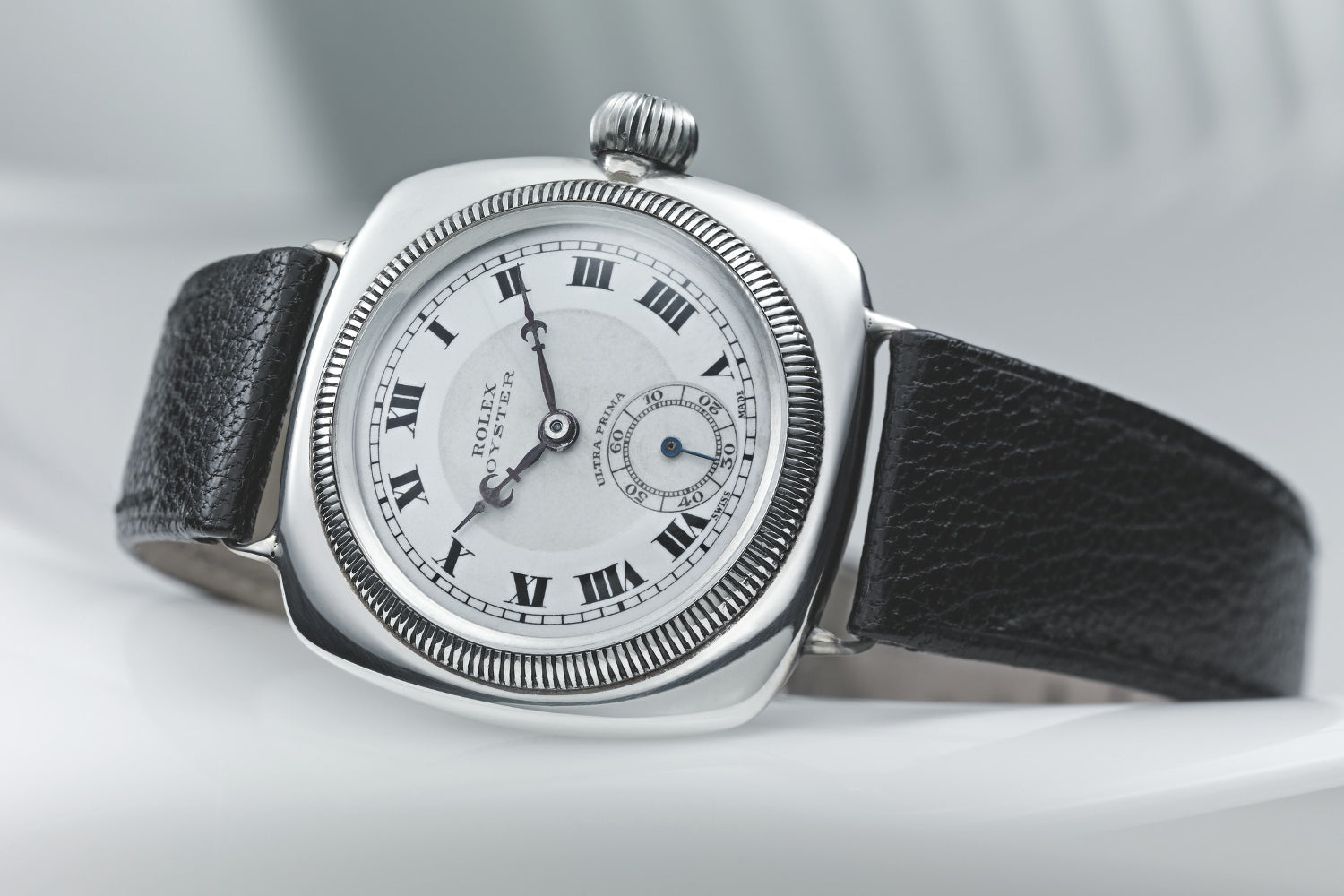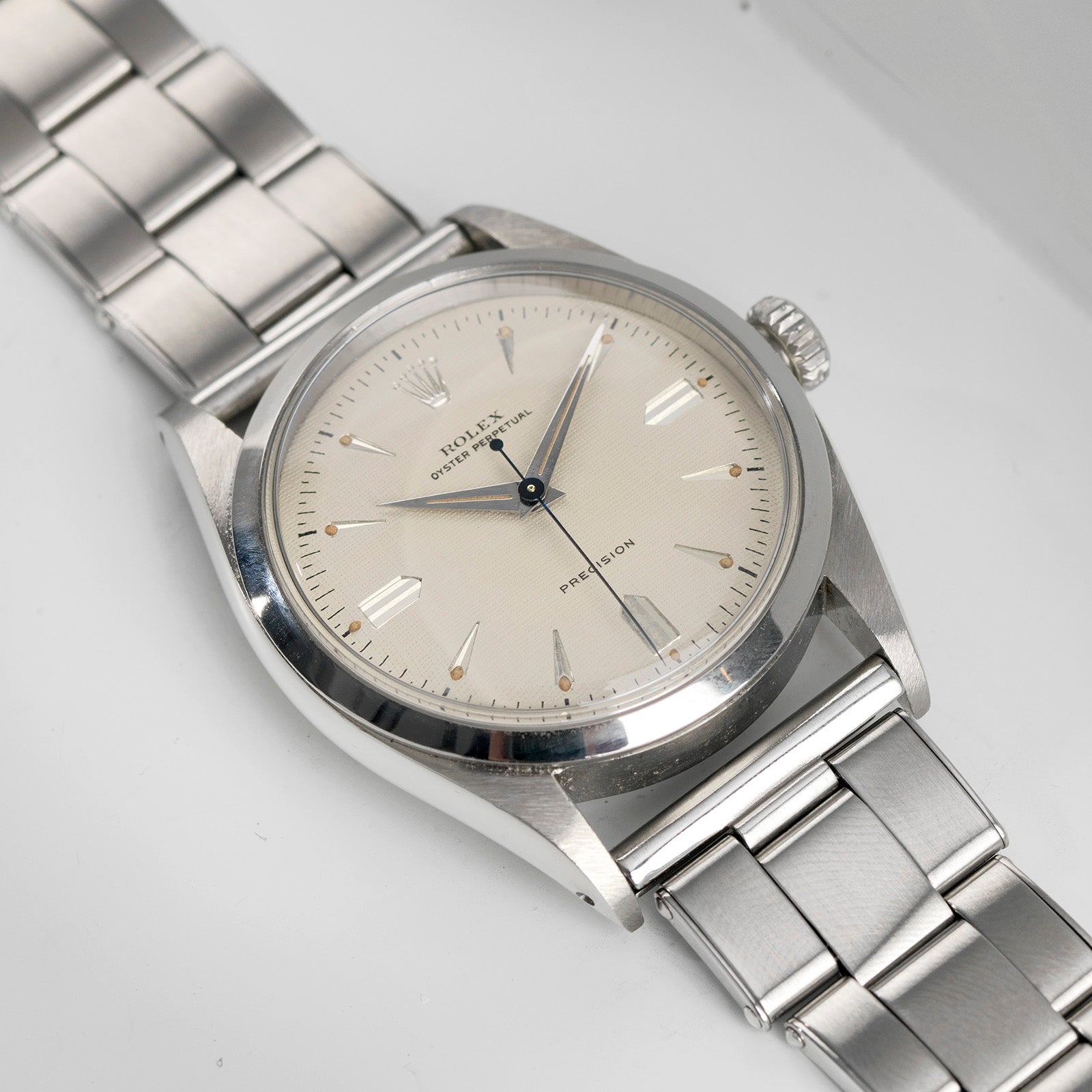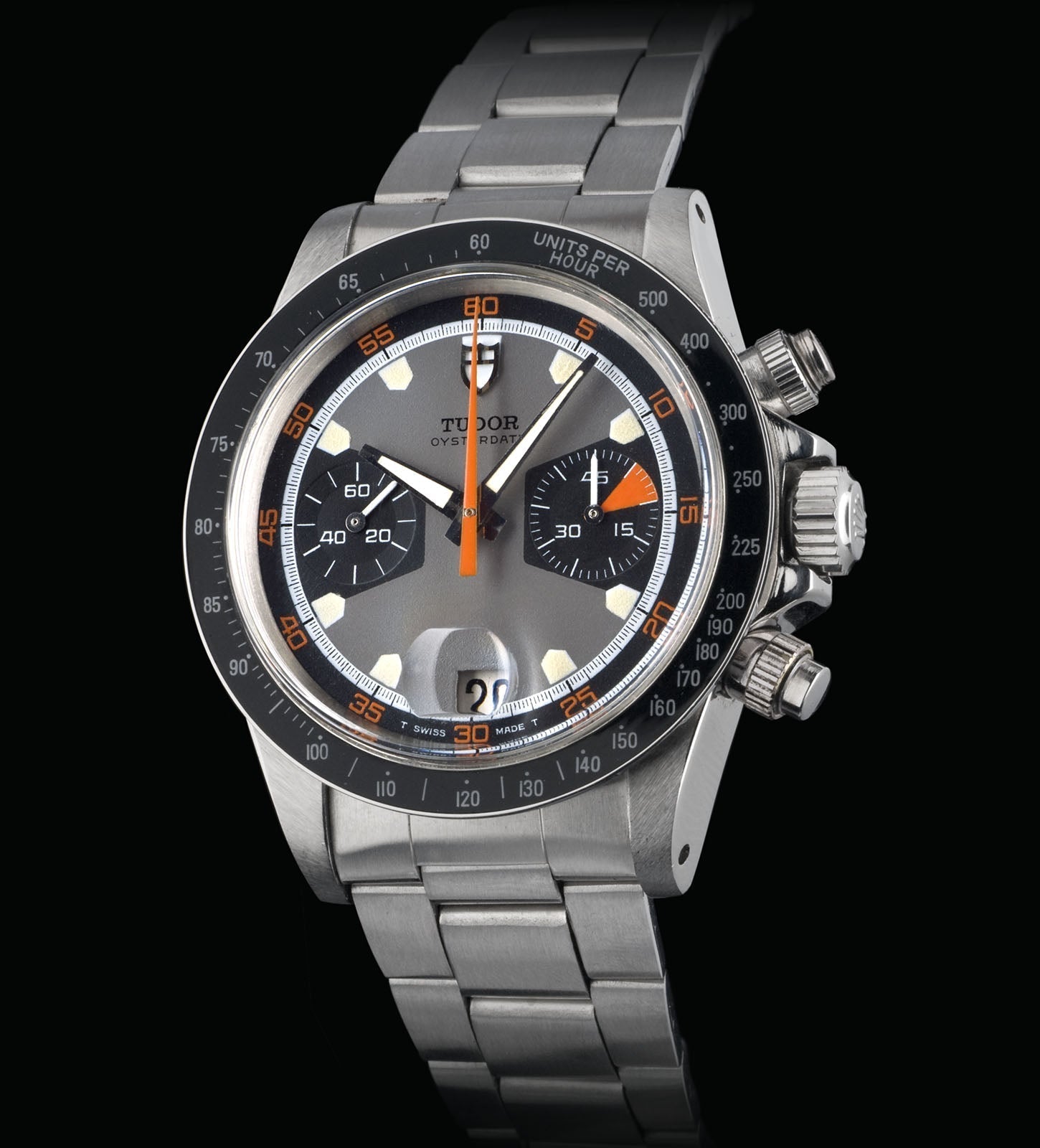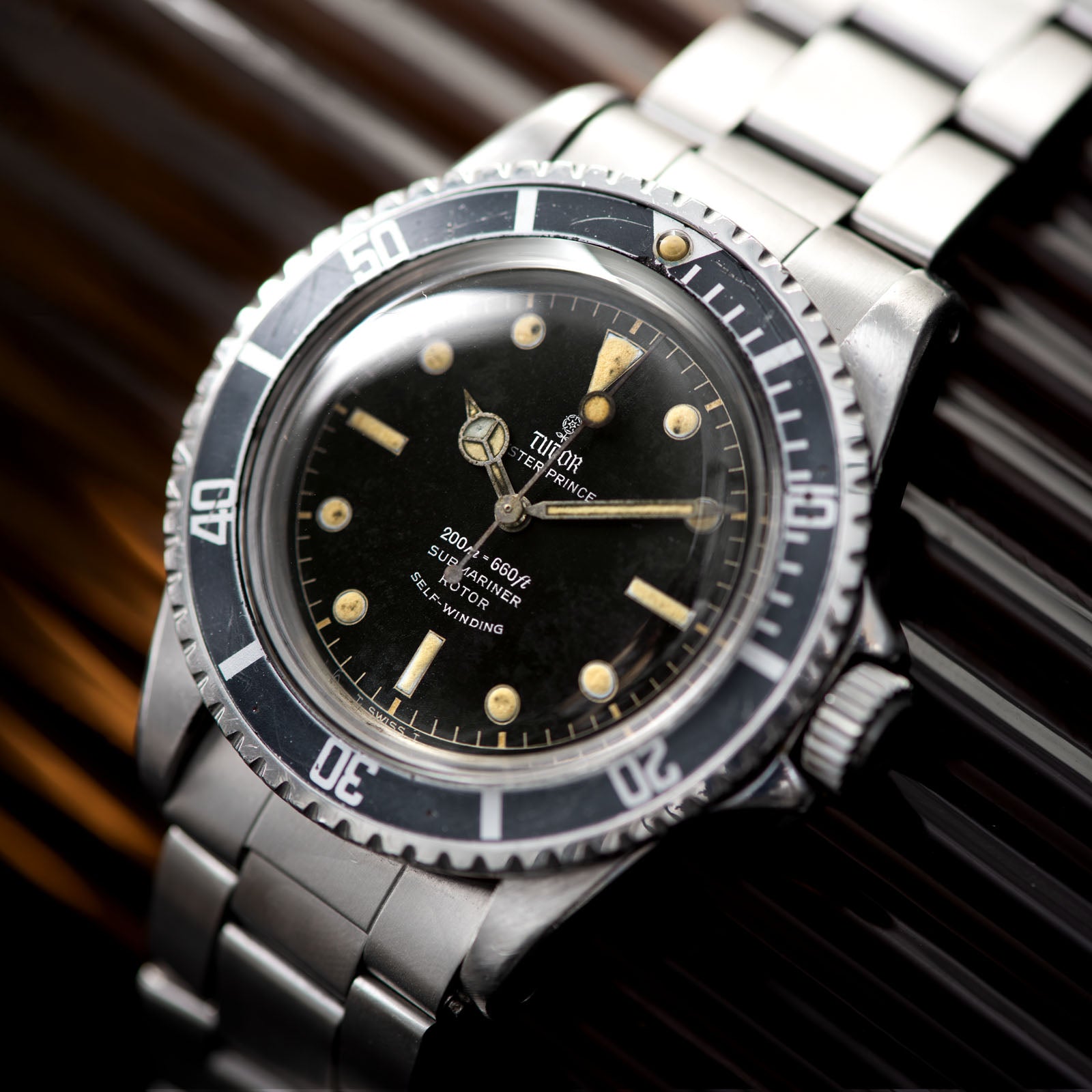
The Rolex Ovettone – Where It All Began
Watch trends come and go but style is forever. The Rolex Oyster case is as relevant and cool today as it was when it was introduced in 1926. It’s been interpreted in may different ways and in different sizes. From gem-set examples in precious metals to super sized steel diving versions, the Oyster is as versatile as it is elegant. Maybe the purest form of the watch is the simple time-only examples that date to the 1940s and 50s, an era when the watches were being used by explorers, scientists and the military and a period when the world first witnessed the Rolex Ovettone .

One style of Oyster that we have always loved is the watch known by its Italian nickname, the Ovettone (roughly translated as big egg). Beautifully proportioned watches that were remarkably big for the era, the Ovettones are a vintage fusion of early Sports Rolex and elegant dress watches. Today we have a very cool example to share, the Ovettone reference 5028…

Early Eggs
The Ovettone story began in the mid 1940s with the 5020 series watches. These were a lot bigger than regular bubblebacks, measuring 36mm. The 1940s was a time when watches were on average 32-33mm and so the Ovettones packed a real punch. Featuring pressure fit crystals in a monoblocco case the 5020 series utilised the standard bubbleback crown and tube on the large cases. Interestingly, the lug width on these watches were 19mm and I have always believed that this was because the more standard 20mm bracelets hadn’t yet been introduced and would come in the next decade with the second generation of Ovettone.


The 5020 series comprised two references. The 5028 was a time only watch with centre-seconds and reference 5026 had a sub seconds register in the bottom half of the dial. The watches would have been retailed on either leather straps or straight endlink bracelets, as the flush-fit end-pieces weren’t introduced until the early 1950s. So why are these watches known as Ovettones? The name refers to the shape of the case, if viewed in side-profile. The watches were fitted with the automatic, self-winding movements and this necessitated a pronounced rounded caseback. Coupled with the domed plastic crystal the watch had a significant depth and on the wrist was noticeably high – like a bid egg on your wrist.




The Second Coming
The second series of Ovettone was introduced in 1950 and was effectively a prototype tool watch. The first was a reference 6098 which like the 5020 series watches was of monoblocco construction and featured the newly designed Super Oyster Crown. The watches were powered by the A296 perpetual movement, which was very thick and therefore led to the design of the domed case back. Nest came the 6298, which was a three-piece case. These watches were the prototypes of the Explorer and the watches were worn on the Hillary Everest attempt in 1953. Cool watches that you read about here.


The Bulang Rolex Ovettone 5028
We can share with you super example of a 5028 that is available to buy in our webshop. These watches are really great to wear and if you like to be off the beaten path, you can be pretty sure that you won’t bump into somebody wearing one any time soon. They are rare and whilst not as sought after as rare sports watches, they have a following amongst true passionate watch connoisseurs – especially the Italian contingent. The wide and deep case really makes it sit on the wrist like no other watch of the era and on a rivet bracelet…it’s the bomb!


We have fitted a slightly later reference 6635 stretch Oyster rivet bracelet to this amazing Rolex Ovettone and we love the way it works on this. The slightly narrower bracelet joining the 36mm case really adds to the visual impact on the watch on the wrist. In classic vintage Rolex style, the gold indexes and hands work brilliantly against the steel case and add warmth and character to the watch. If you want sports power in a stealthy form, then in our mind you can’t get better than this super early Ovettone!





